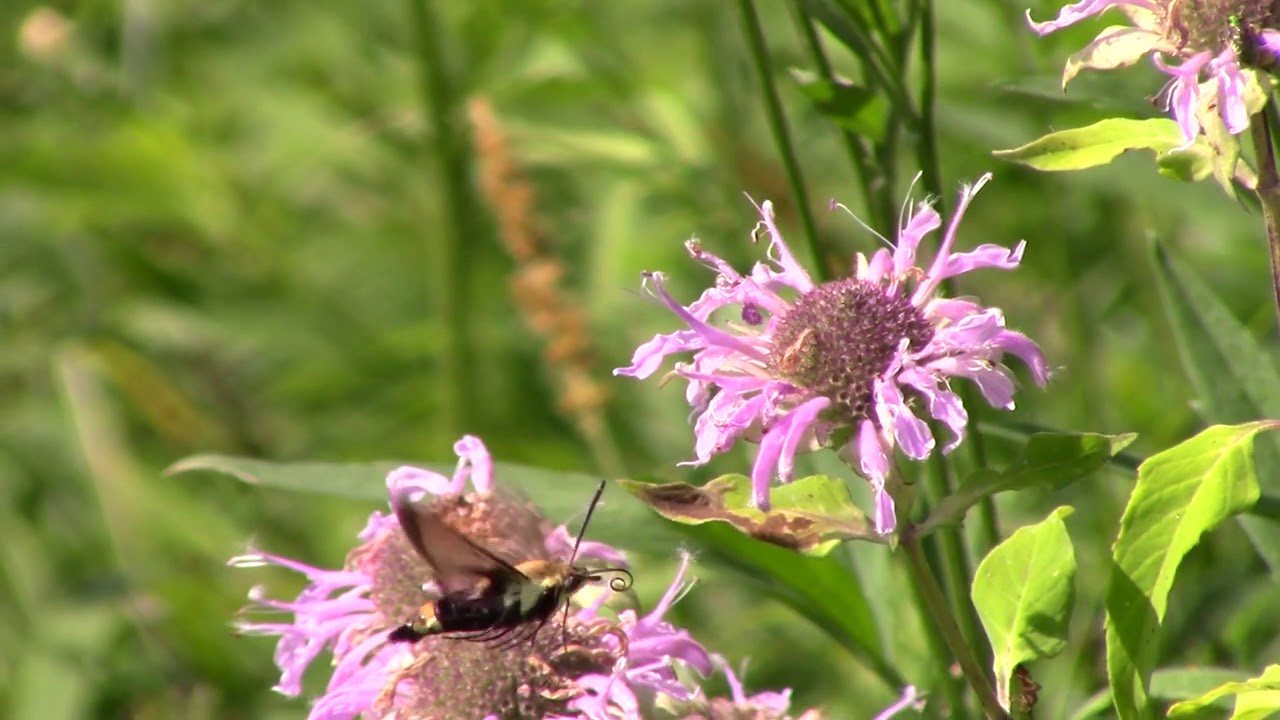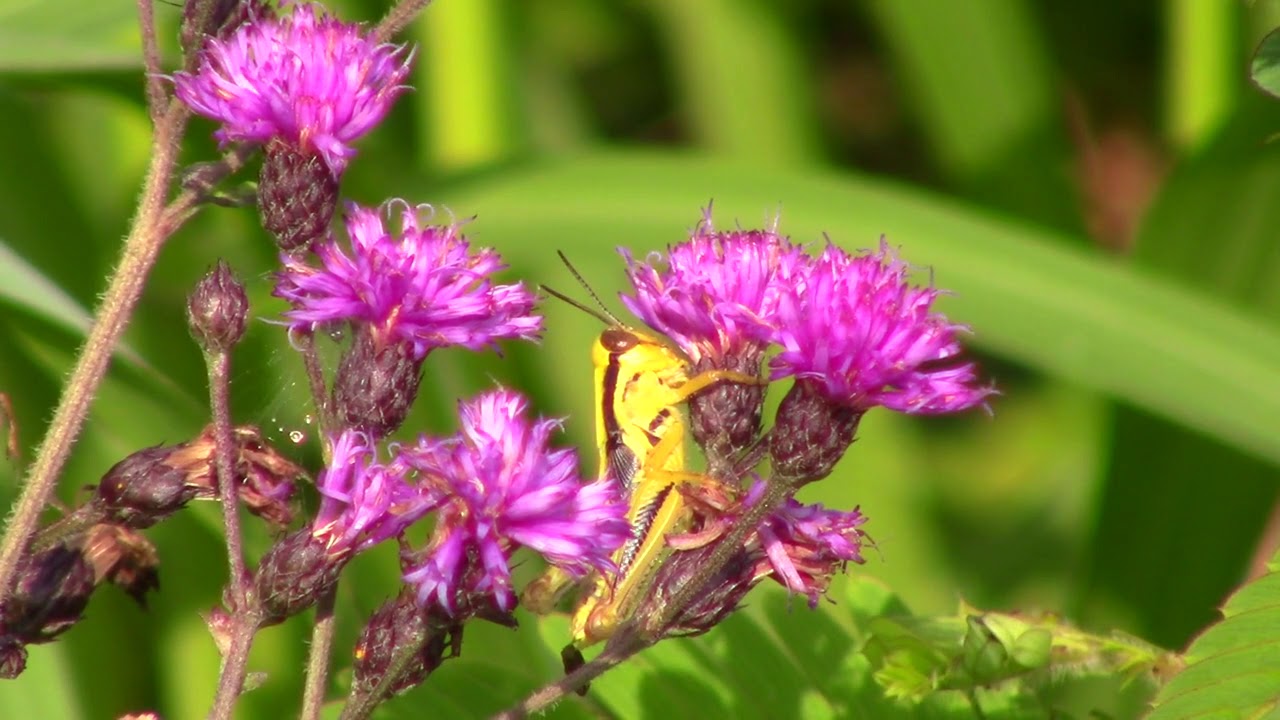I have read about two methods for converting a lawn to a wildflower garden: 1) remove all turf 2) cover the grass with cardboard or newspaper and wait a few months before planting.
The problem with #1 is that it is a lot of work and I have no where to put the turf. Problem with # 2 is that my neighbors would hate me.
Is there any better way? What about overseeding the lawn?
What part of this would your neighbors hate you?
When I converted a section of lawn to garden, I bought enough bags of top/potting soil or mulches and lay them on that section to kill the grass.
@Vlad
First you kill it. If it contains bermuda grass then you’ll need at least Turflon Ester (Triclopyr is better), plus glyphosate for the non-rhizomous grasses. If there are trees in it then you’ll have to forfeit them.
After it looks dead (no green), you water it and wait for more to come up from the roots. Spray again. Repeat. Usually 3 cycles will do it unless there has been long-term bermuda, then it will take 2 years worth of 3 month cycles.
Now rototill and sow seed.
If there is no Bermuda the easiest method is to cover with newspaper or cardboard, cover that with several inches of bark chip or wood chips or some other type of mulch such as leaves, etc. Then simply sow your wildflower seeds. If Bermuda, Richard’s advice is what you need.
Dennis
Kent, wa
Sure you do, just flip it upside down.
There are more options as well.
3)Heavy sow with white clover and let the white clover smother all competing weeds.
4)Leaves do the same thing as cardboard or newspaper…
Not sure what kind of wildflowers you are planting… but most all perennials will need cold stratification…so you have kind of missed that opportunity by not seeding in the fall.
If you plan on an annual wildflower garden… then you will always be fighting.
I just turned about 1/2 acre into a wildflower/pollinator and bird haven… so i tilled all of my sod under after the first frost then spread my perennial seed and planted perennial plants… then alot of leaves fell after that… so im hoping that the perennial wildflowers overtake the weeds that i disturbed when tilling… some of those weed seeds lie dormant for decades waiting on the soil to be disturbed…
- the neighbors hate will turn to envy once you complete your task.
I converted an acre of cattle pasture to wildflowers when I bought this place.
I did pretty much what Richard describes, except I didn’t water or rototill. I did wait for new emergence of weeds/grasses after rainfalls. I nuked the area with glyphosate/2-4D 5-6 times from spring green up until just before fall freeze up. Then, I broadcast my wildflower seeds in December just before an incoming snowstorm.
It has been fun to watch the different species come and go. It does require at least annual mowing to keep brush/trees from getting started. A spring burn would be even better maintenance, but my plot is too close to the woods for comfort.
Converting an acre of pasture to wildflowers without the use of chemicals would be awfully difficult and likely unsuccessful.
edited to add…this will be year 12 for my wildflower plot. The last 3-4 I’ve had to begin spraying clethodim to keep cool season grasses under control. Establishing wildflowers along with native warm season grasses like big and little bluestem and Indian grass would likely be a better option than just straight wildflowers for longevity and low maintenance.
After cardboard (upcycle a bale from Aldi or another grocery store, it’s free compost), put a couple inches of wood chips. It will look decent as a field of mulch until your plants grow, and it will provide much needed moisture for your new seedlings to take root. Plus it will mimic a forest floor.
See the thread on chipdrop.com to research and also call all of your local tree service companies and mark a spot they can dump their loads.
Wildflower gardens around here always seem to fail, and I’m talking about those attempted at great expense by “professionals” including those that should be expert based on their academic backgrounds.
Mowing regularly favors grasses and stops many species of weeds from being able to establish. Obviously there are exceptions including clovers and dandelions. Stop mowing and the weeds will come and wild flowers alone are a poor resister to their establishment.
What can work, but with considerable original effort is a meadow that includes grasses and perennial wildflowers that mimics a native prairie. A combination of species that are capable of dominating the soil is necessary, at least in my region… and then some maintenance is usually required to stop certain aggressive herbaceous perennials from dominating.
The only truly successful mini-prairie I’ve seen used black plastic to kill of everything. It was a few acres so required a ton of 3 mil plastic that was kept in place for at least a year. Glyphosate could have been used much more efficiently but the town board wouldn’t permit it.
All that said, you may be able to grow your wild flower garden using methods mentioned here, as long as you are willing to put in the time. Weed seeds survive for years and tilling brings them to the surface (tilling is usually discouraged by experts for this reason), but maybe your plot has been mowed long enough not to have those seeds already in the soil.
Contractor paper was something I saw suggested to use instead of cardboard/newspapers if you don’t have lots of those around already…after I was finished smothering most of the grass I wanted smothered. It’s more or less thin-ish paper bag material that comes in big rolls. Wasn’t very expensive.
This is my goal for my areas… these videos were shot in Ohio.
I guess Native Prairie is a better word than a wildflower garden for what i want.
Nutsedge is typically just as difficult as Bermuda.
And glyphosate typically does not kill trees, but kills grass pretty good.
I’ve seen forests clear-cut and in 3 or 4 years be covered in blackberries…so that right, some seeds live a long time in soils until the appropriate time for them to germinate.
Incidentally, I’ve established a mini-mini prairie on my own property by starting my plants in flats, getting them strong, pulling out the grass and inserting the starts. It was a small area and not too much work because of that. Just a season of pulling some weeds. The other properties where I’ve observed failure were usually much larger and were started from seeds spread directly on the sites. The ones that were mostly annual flowers might look nice for 3 or 4 years before becoming weed patches.
My meadow is about 2 acres or so. I mowed it short, then sprayed roundup. Next I rototilled, waited a month or so then sprayed roundup with 24-d. I only rototilled about 1-2 inches deep. I sowed the seed in the fall. I did a mix of wild grass and wild flowers that I got from michigan wildflower farm.
I think black plastic is the best option as it kills all the grass and also probably heats up the ground enough to kill seeds at least the ones close to the surface.
Clear plastic creates more heat and I believe is the standard go-to for solarization, but I’ve read that it is most affective in more southern locations than where I’m at in NY. Gotta really cook that soil, I guess…
I probably would have used it but 2acres is a lot of plastic. Probably less environmentally friendly than spraying herbicide twice.
Yes, typical restoration projects of scale use glyphosate, or did when I was studying the issue 30 years ago. When I started my business I offered organic orchards, wildlife feeding stations and native meadows and ended up planting orchards that I maintained with low-level synthetic input. Back then, no one responded to the other two…20 years later the meadows became a fad and consultants started making a bundle around here giving a lot of bad advice. Glyphosate is not popular with my client base.
Rather than go all in you can start by ripping a strip and establishing your wild flowers there. That way you can test how well they get established and can then adjust and expand the next season. A hedge of wild flowers can make it easier for the neighbors to digest if that’s a concern.
It can kill trees if you try and trees will suffer if you spray it on green.

